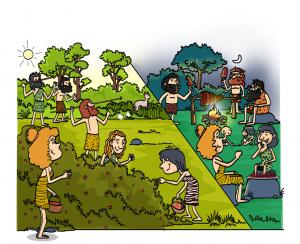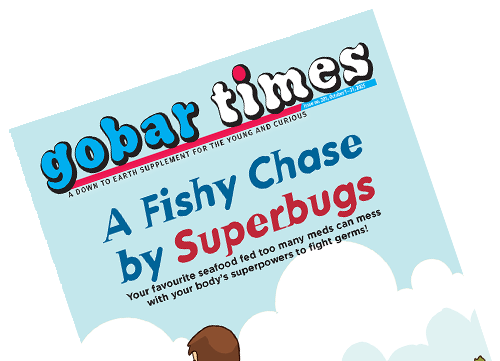
Understanding why we celebrate harvest festivals, what are their diversities, and how they connect us with our environment.

Thanks to the real-life bat, the reel-life Batman became a superhero. I have vivid childhood memories of the trees near my school from which more bats hung than leaves. During summery dusks, they’d glide away en masse in a procession. I believe, even then as today, people would’ve been susceptible to the viruses spread by their droppings. But such cases were unheard of. Rather, people fed upon this fascinating creature to cure their ailments— like, rheumatism, asthma, and chest pain; and used bat hair to treat shivering during fever.

Whenever that sweet tinkling sound traverses through my balcony, my entire mood rejuvenates. I crane my neck, investigating its source, and scan my lushy green enclave for a soft jingling song. Tracing the tsee…tseer… notes, I rejoice with delight on spotting the chirpy, cute, bundle of joy—the Indian White-Eye.

“Why didn’t you spot the Tiha today, dear?” That’s what my mother used to remind me on the New Year eves, when I was a little child like you. The Indian Roller bird, or the Tiha in Odia, is a very good omen. Believed to be a harbinger of happiness, sighting it is considered auspicious, especially at the beginning of any major life event. In fact, such is the faith in its sanctity that its feathers are preserved as lucky charms. Do you know Odisha, Telangana, and Karnataka have also declared it as their state bird?

If there is ever a bird that can rival even a hulk in roaring aloud, then that birdy has to be the Brown-Headed Barbet. This little creature’s blaring decibels can screech through the morning silence and can knock anyone out of their afternoon siesta as well. Its challenging, almost enticing, avian call proceeds like: tur-r-r-r kutrook-kutrook-kutrook...

In an increasingly climate-risked world what should be our food like? The 4th book in our First Food series brings you some answers in the form of unique recipes and ingredients, culled out from age-old wisdom and traditional knowledge of communities. Sourced from local biodiversity, from weeds and trees, long-lasting seeds, plants with short life-cycles and even those parts of plants that generally go waste. Foods that are very different from those produced by our current unsustainable agriculture systems.

On this Earth Day, trace the impact of humans on their planet throughout history

Sharing fond memories from 25 years back—of ice creams, rookies, cow dung, and some cool environment stuff for kids. ************************************ In the summer of 1992, late at night in the basement of the then rented office space of the Centre for Science and Environment (CSE), the editorial team of the Down To Earth (DTE) magazine had a very long hot and tiring day putting together their very first issue. Anil Agarwal, the founder editor,...

Recapitulating the prestigious Green Schools Awards and felicitating the commendable and inspiring work of all the awardees in different categories. ********************************* Ater a three-year hiatus, the Green Schools Programme (GSP) of the Centre for Science and Environment (CSE) was back with a bang in February this year – as its annual audit drew to a close, a one-and-a-half day national Green Schools Carnival was announced. The cornerstone of the event was – of course – the GSP Green Schools Awards, but...

